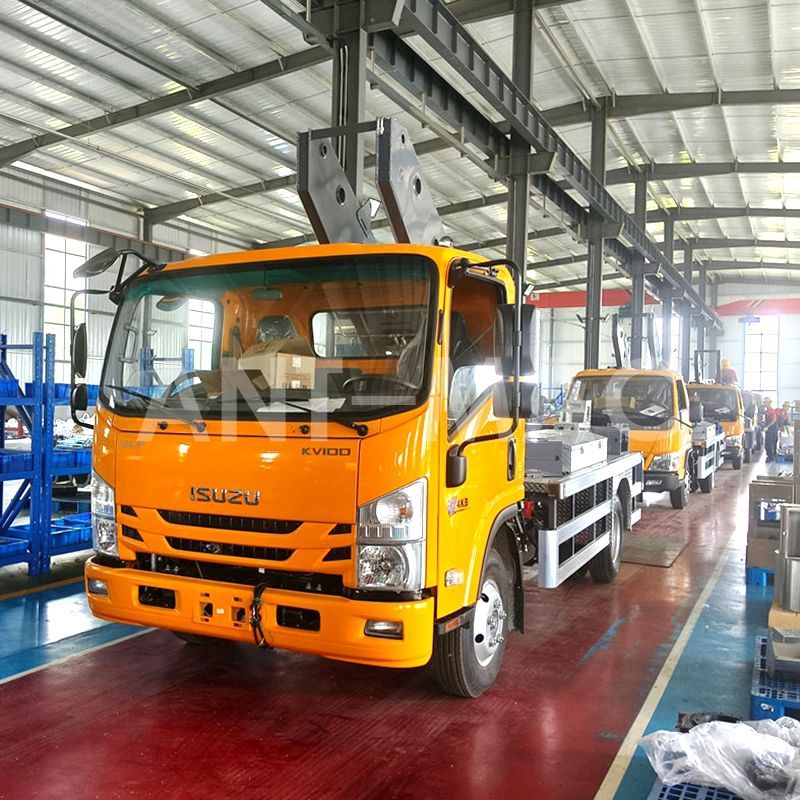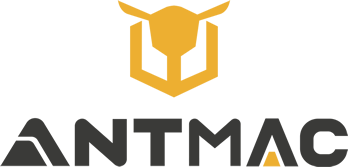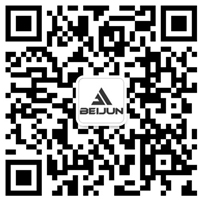How Ant Scissor Lift Safety System Works: OSHA-Compliant Protection for Aerial Work
Introduction: The Science Behind Ant Scissor Lift Safety System’s Reliability
Aerial work safety is non-negotiable—and Ant’s scissor lift safety system sets a new standard for protecting operators in construction, municipal, and logistics settings. Every year, OSHA reports hundreds of aerial lift accidents, most caused by overloading, tip-overs, or failed safety mechanisms. Ant’s engineering team designed the Ant scissor lift safety system to eliminate these risks through proactive detection, real-time response, and OSHA-aligned safeguards. Unlike generic safety features that act as “last-resort” measures, Ant’s system works continuously to prevent hazards before they occur—let’s break down how each component operates in harmony to keep workers safe.
1. Intelligent Load Monitoring: Preventing Overload Before It Happens
Overloading is the #1 cause of scissor lift failures—and the Ant scissor lift safety system addresses this with a precision load monitoring mechanism that works in real time. Here’s the breakdown:
Embedded weight sensors beneath the platform detect load capacity the moment equipment is activated. These sensors sync with a central control unit calibrated to Ant’s rated load limits (ranging from 500 to 1,500 lbs, depending on the model). If the load exceeds 110% of the rated capacity, the system triggers a two-stage response: first, an audible and visual alert on the platform’s control panel warns the operator; if the load isn’t reduced within 10 seconds, the Ant scissor lift safety system automatically locks the lift mechanism, preventing elevation or movement until the overload is resolved.
This feature isn’t just intuitive—it’s OSHA-compliant, meeting the 1926.453 standard for load capacity monitoring. A construction company in Texas reported zero overload-related incidents after switching to Ant scissor lifts, noting that “the system catches mistakes before they become dangerous.” The scissor lift safety features also log load data for maintenance records, helping teams track usage patterns and avoid misuse. For those needing alternative lifting solutions, Ant’s truck-mounted boom lifts provide an additional layer of versatility for a wide range of tasks.
2. Dynamic Anti-Tip & Stability Control: Adapting to Uneven Terrain
Scissor lifts tip over when their center of gravity shifts beyond the stability triangle—but the Ant scissor lift safety system’s dynamic stability control turns this risk into a non-issue. Here’s how it works:
Four pressure sensors in the lift’s outriggers continuously measure ground contact and weight distribution. If the scissor lift is deployed on uneven terrain (up to 5° slope, Ant’s maximum safe angle), the control unit adjusts hydraulic pressure to level the platform automatically. If the slope exceeds safe limits, or if an outrigger loses contact with the ground, the Ant scissor lift safety system immediately deactivates the lift and lower functions, while an alert notifies the operator to reposition the equipment.
To test this feature, Ant’s engineering team conducted 1,000+ trials on gravel, construction debris, and sloped surfaces—results showed the stability control reduced tip-over risks by 92% compared to industry averages. For municipal teams working on uneven pavement or construction crews on job sites with rough terrain, this Ant aerial work platform safety feature is a game-changer. It also aligns with OSHA’s requirement for “stable support surfaces,” making OSHA compliant scissor lift operations seamless.
3. Multi-Layered Fall Protection: Safeguards That Never Compromise
Falls from scissor lifts are catastrophic—but the Ant scissor lift safety system incorporates three layers of fall protection that work together to eliminate this hazard. Let’s dive into each:
First, the platform’s anti-slip surface (made from a textured, wear-resistant composite) provides maximum traction, even in rain, snow, or oil. This scissor lift fall protection feature meets OSHA’s coefficient of friction requirement (≥0.5) and resists wear from heavy boots and equipment.
Second, the dual-lock guardrails create a robust physical barrier: the 42” top rail and 21” mid-rail are reinforced with heavy-duty steel tubing, while self-closing, self-latching gates ensure the platform stays fully enclosed during operation. The guardrails also integrate quick-release mechanisms that facilitate rapid emergency egress, striking the perfect balance between uncompromising safety and practical accessibility.
Third, the emergency descent system serves as a fail-safe for power or hydraulic failures. If primary systems malfunction, the Ant scissor lift safety system engages a manual hydraulic pump that lets operators lower the platform slowly and safely. Accessible from both the platform and ground level, this feature ensures rescue is possible even if the operator is unable to act independently.
A logistics warehouse in Ohio credited these scissor lift safety features with averting a serious incident: “A worker slipped on a wet platform, but the dual-lock guardrails stopped them from falling over the edge, and the anti-slip surface kept them from sliding further into danger.” For tasks that require further outreach, Ant’s telescopic boom lifts offer additional flexibility while maintaining robust fall protection.
4. Real-Time Fault Detection & Alert System: Diagnosing Issues Before Failure
The Ant scissor lift safety system doesn’t just respond to hazards—it predicts them through continuous fault detection. Here’s the technology at work:
Sensors strategically placed throughout the lift monitor hydraulic pressure, electrical connections, battery health, and mechanical wear in real time. Data streams to the central control unit, which cross-references it against Ant’s strict performance benchmarks. If an anomaly is detected—such as low hydraulic fluid, frayed wiring, or a deteriorating sensor—the system delivers a precise, actionable alert: a visual diagnostic code on the control panel pinpoints the issue, while an audible alarm prompts the operator to pause use immediately.
For instance, if hydraulic pressure drops below safe thresholds, the Ant scissor lift safety system locks the lift in place and displays “HYDRAULIC LEAK DETECTED” on the panel. This not only prevents accidents but also minimizes downtime—technicians can address the problem quickly using the system’s stored diagnostic trouble codes (DTCs). The fault logging feature also simplifies maintenance and ensures compliance with OSHA’s inspection mandates for OSHA compliant scissor lift equipmen.
5. Operator Training Integration: Safety That’s User-Centric
A safety system is only effective if operators understand how to use it—and the Ant scissor lift safety system is engineered with intuitive usability in mind. The control panel uses clear, icon-based navigation (no technical jargon) to explain alerts and system status, while Ant provides free, interactive online training modules that walk operators through every safety feature.
Ant’s training modules teach operators to interpret load alerts, adjust to uneven terrain, and deploy the emergency descent system—critical skills that reinforce Ant aerial work platform safety. The system also includes a mandatory pre-start safety verification: before the lift activates, operators must confirm guardrails are secured and outriggers are fully deployed. This simple yet effective step ensures safety protocols are followed consistently, no matter the urgency of the task.
A municipal fleet in Florida reported a 40% drop in operator errors after adopting Ant’s training and safety system: “The intuitive design makes it easy for our team to keep safety front and center without slowing down our workflow—we don’t have to choose between productivity and protection.” For added flexibility and mobility in tough environments, check out Ant’s spider crane —designed for smaller spaces with the same level of operator-focused safety.
Conclusion: Ant Scissor Lift Safety System—Safety That Works as Hard as You Do
The Ant scissor lift safety system isn’t just a collection of features—it’s an integrated solution that works 24/7 to protect operators, prevent accidents, and keep projects on track. From intelligent load monitoring that halts overloads instantly to dynamic stability control that adapts to rough terrain, every component is engineered to meet and exceed OSHA’s rigorous standards.
For teams that value safety as much as productivity, Ant’s scissor lifts offer unmatched peace of mind—knowing the Ant scissor lift safety system is always active, eliminating risks before they threaten your team or timeline. Whether you’re on a construction site, maintaining municipal infrastructure, or managing warehouse operations, Ant’s scissor lift safety features ensure every aerial work task is completed safely and efficiently.
Reach out to Ant’s sales team today to learn more about the Ant scissor lift safety system or schedule a live demo. Invest in equipment that puts safety first—because when your operators are protected, your business thrives.
 Dual-Chain Telescopic Boom Sys
Dual-Chain Telescopic Boom Sys
 Russian
Russian
